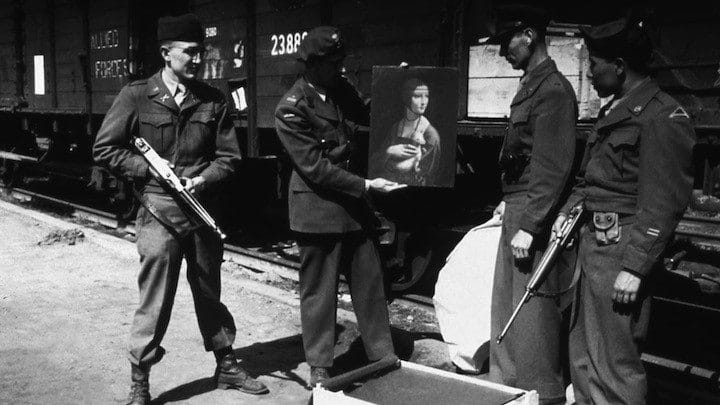The Doc Option: Watch ‘The Rape of Europa’ Instead of ‘The Monuments Men’
The Doc Option: Watch ‘The Rape of Europa’ Instead of ‘The Monuments Men’

Some people have tired of our glut of World War II films. On the one hand, I sympathize. But on the other hand, WWII was such an expansive conflict that it generated thousands of stories that are well worth telling. The trick is that we should make fewer movies in the Saving Privat…
Keep reading with a 7-day free trial
Subscribe to Nonfics to keep reading this post and get 7 days of free access to the full post archives.



